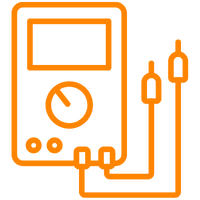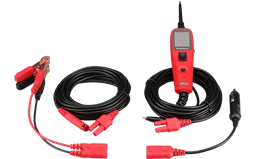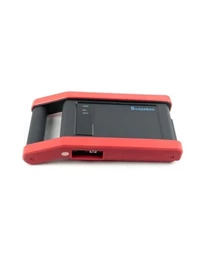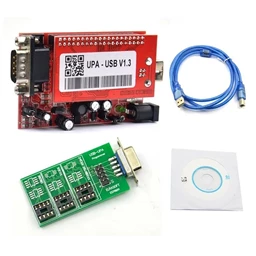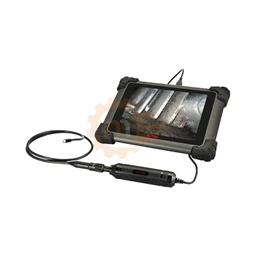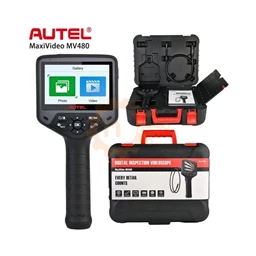Why are Fault Detection Devices Important?
Today's vehicles are equipped with complex electronic systems. The detection and solution of malfunctions occurring in these systems requires special equipment. Fault detection devices are technological devices that are connected to the vehicle brain (ECU) to read fault codes, analyze sensor data and perform various tests. Using an accurate fault detection device provides significant advantages in terms of both time and cost. Early detection can prevent major and costly problems, optimize the performance of your vehicle and improve your driving safety.
In this guide, we will tell you step by step what you should pay attention to when choosing the most suitable fault detection device for your needs. Whether you are an individual car owner or a professional mechanic, this information will help you make the right decision.
The Main Factors That Should Be Considered When Choosing a Fault Detection Device Are
There are many important factors that you should consider before purchasing a fault detection device. These factors play a critical role in terms of the device's functionality, ease of use and compatibility with your budget.
1. Vehicle Compatibility (Brand and Model Support)
One of the most important factors is that the device you choose is compatible with your vehicle or the vehicle brands you plan to work with. Some devices are specific to certain brands (OEM devices), while others are universal devices that support a wide range of brands and models (multi-brand devices). Specialist suppliers such as Nitro Bilişim can give you detailed information about which device is compatible with which vehicles.
* Recommendation: Use the vehicle protocols supported by the device (OBD2, EOBD, JOBD, etc.) and check the specific make/model list.
2. Functionality and Characteristics of the Device
Fault detection devices can have different features from basic code reading and deletion operations to advanced functions such as live data display, adaptation, coding, programming.
* Basic Functions:
– Fault code reading (DTC - Diagnostic Trouble Codes)
- Deleting the fault code
- Display live sensor data (engine speed, temperature, oxygen sensor values, etc.)
- Display the Freeze Frame data
* Advanced Functions:
- Service light reset
- Electronic parking brake (EPB) functions
- Steering angle sensor (SAS) calibration
- Battery management system (BMS) reset
- Diesel particulate filter (DPF) regeneration
- Injector coding
- Key programming
- ECU coding and programming
You should determine which functions you need a device with according to your needs. While devices with more comprehensive features are preferred for professional use, basic functions may be sufficient for individual users.
3. Ease of Use and Interface
The interface of the device should be user-friendly and have easy-to-understand menus. The touch screen, Turkish language support, clear graphics and intuitive navigation significantly improve the user experience. Some devices also guide the user by providing explanations of fault codes and suggestions for possible solutions.
4. Update and Support
Since new vehicle models and technologies are constantly developing, it is important to keep the software of fault detection devices up to date. Find out if regular software updates are offered by the device manufacturer and the cost of these updates. In addition, the quality of technical support and customer service is also an important factor. Nitro Bilişim provides comprehensive technical support and update services for all the devices it sells.
5. Connection Types (Wired/Wireless)
Fault detection devices are usually connected to the vehicle by cable via the OBD2 port. However, some modern devices also offer wireless connectivity via Bluetooth or Wi-Fi. Wireless connection can be advantageous in terms of freedom of movement and ease of use.
6. Price and Budget
The prices of fault detection devices vary according to their characteristics, brand awareness and the functions they support. By determining your budget, try to choose the device that offers the most appropriate price/performance ratio for your needs. Remember, the most expensive device may not always be the best; the important thing is that it meets your needs.
Popular Types of Fault Detection Devices
There are various types of fault detection devices on the market for different needs.
1. Handheld Code Readers (Basic Code Readers)
These devices are usually affordable and perform basic fault code reading/deletion operations. It is ideal for individual car owners and those who need a quick diagnosis.
2. Professional Scanning Tools (Professional Scan Tools)
These devices, which have more comprehensive functions, can perform live data streaming, special tests, adaptation and some coding operations. It is suitable for auto repair shops and experienced users. Brands such as Autel, Launch, Topdon have strong products in this segment.
3. OEM Level Diagnostic Devices
They are devices specially designed for a specific vehicle brand or group of brands. They have similar capabilities to the devices used in dealer services and offer in-depth diagnostics, coding and programming capabilities. For example, like Star Diagnosis for Mercedes, ICOM for BMW.
4. Tablet-Based Fault Detection Devices
These devices, which are based on modern tablet computers, stand out with their large screens, user-friendly interfaces and usually wireless connectivity features. They offer comprehensive reporting and data management facilities.
5. PC-Based Software and Interfaces
These are systems that work through software installed on a computer and an interface connected to the vehicle (VCI - Vehicle Communication Interface). They usually offer flexible and powerful features. For example, VCDS (VAG-COM) is a popular PC-based solution for Volkswagen Group vehicles.
Tips For Choosing a Fault Detection Device from Nitro Bilişim
As Nitro Bilişim, we help our customers to choose the most accurate fault detection device with our years of experience and wide product range. Here are a few tips specific to you:
• Conduct a Needs Analysis: First of all, clarify for what purpose you need a fault detection device. Is it only for your own car, or for a professional workshop? Which brand and model vehicles will you work with? What functions do you need?
* Get an Expert Opinion: If you are undecided or need information about technical details, do not hesitate to get support from Nitro IT specialists. They will help you determine the most suitable device for you.
* Evaluate Demos and Reviews: If possible, review demos of devices you are interested in or read user reviews. This allows you to get an idea about the use and performance of the device.
* Think about the Future: Consider not only your present needs, but also your possible future needs. Maybe you are planning to work with different brands of vehicles in the future or need more advanced functions.
The Right Device, the Right Diagnosis
Choosing the right fault detection device is an important investment that will provide you with great convenience in vehicle maintenance and repair processes. By carefully evaluating factors such as vehicle compatibility, functionality, ease of use, update support and budget, you can find the device that best suits your needs. Remember, a proper diagnosis is the first step to an effective repair.
Nitro Bilişim is ready to offer you the best solutions in the field of fault detection devices with its wide product range and expert staff. You can review our products by visiting our website or get detailed information by contacting us.
(Visual Suggestion: A photo of different types of fault detection devices (handheld, tablet, professional) side by side or taken while connecting to a vehicle OBD2 port. Nitro Bilişim logo or a detail from its products can also be added.

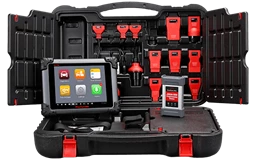
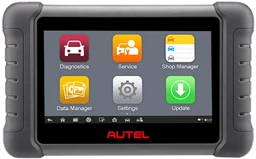
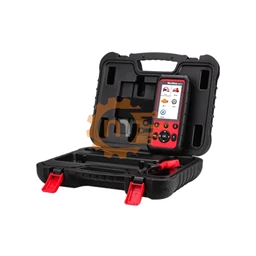
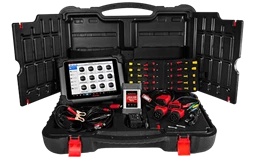
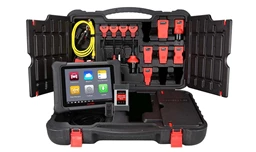
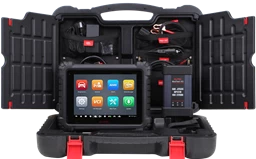
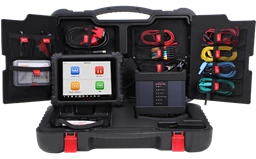


.webp?size=256)

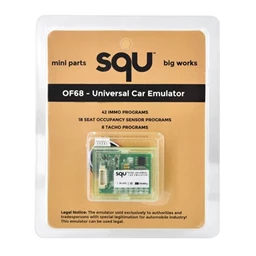
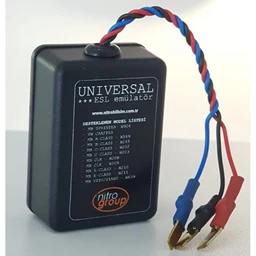

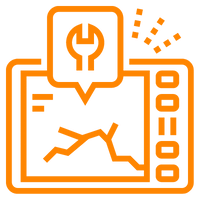
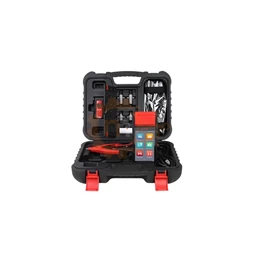
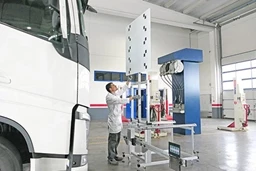
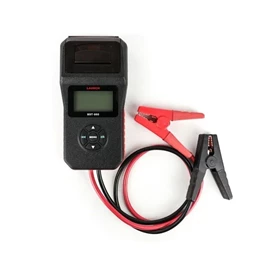
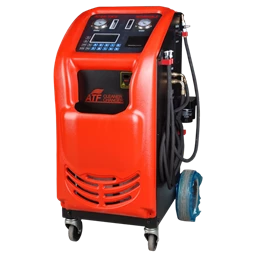
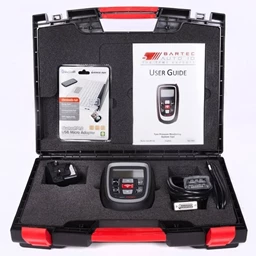
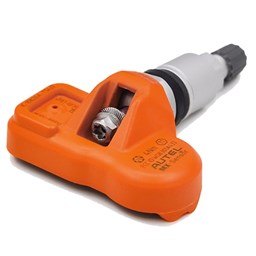
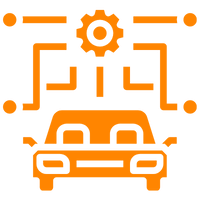
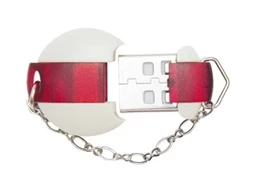


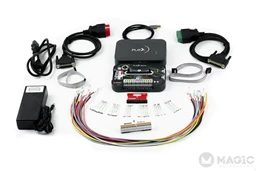
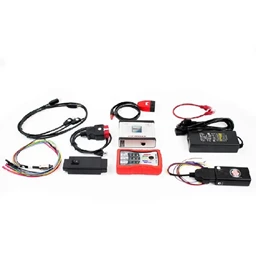
 Cihazı.webp?size=256)
